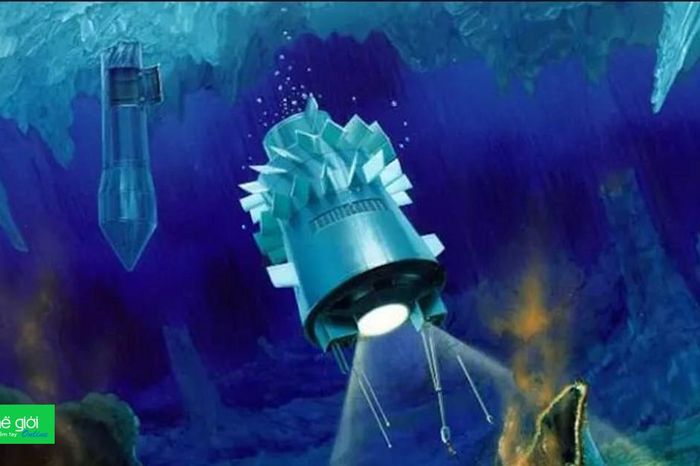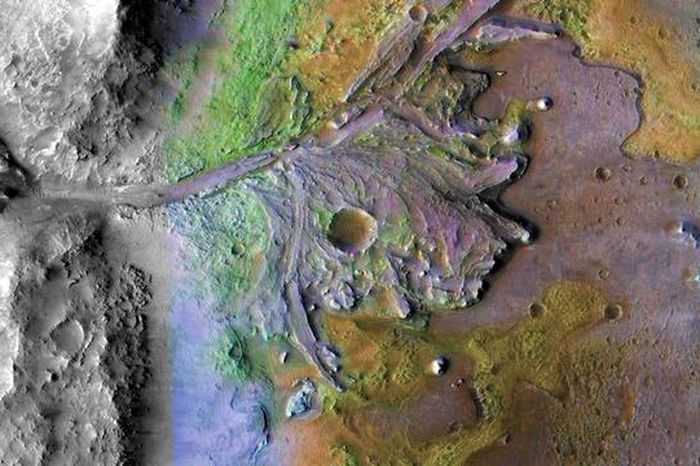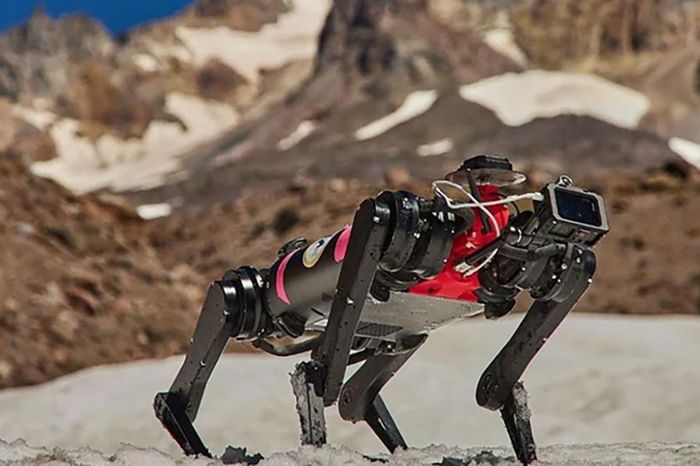Why does NASA want to set a time zone for the Moon?

In a memo published on April 2, the US Office of Science and Technology Policy (OSTP) said that federal agencies will standardize time on celestial bodies, with an initial focus on the Sun. moon and missions in lunar orbit. NASA is expected to complete the CLT in 2026.
In layman's terms, humans need a system to synchronize time on Earth with time on the Moon, since the lower gravity on the Moon causes time to move a bit faster there than on the Moon. Earth – just 58.7 microseconds after 24 Earth hours.
This is not science fiction, even though it is featured in Hollywood blockbusters like Interstellar . The rate at which time passes is influenced by gravity.
Although small, the time difference could cause problems in synchronizing satellites and space stations in lunar orbit.
People on Earth use UTC (Coordinated Universal Time) to synchronize time zones around the world. UTC is determined by more than 400 atomic clocks in 'time laboratories' in about 30 countries around the world. Atomic clocks use the vibrations of atoms to achieve extremely high precision in time measurement.
Similar atomic clocks will be placed on the Moon so that precise time can be measured.
While there was no mention of time zones on other planets, in 2019 NASA's Deep Space Atomic Clock (DSAC) mission tested atomic clocks to improve spacecraft navigation in deep space.
The DSAC mission was launched by SpaceX's Falcon Heavy rocket on June 22, 2019. The rocket tested the atomic clock in Earth orbit for 1 year.
The mission ended successfully in 2021, with the onboard atomic clock maintaining accurate time and positioning.
You should read it
- Here's your chance to design a NASA payload for a Roomba-sized moon rover
- NASA opens the entire library of photos, videos and audio for free, anyone can see
- NASA will prioritize the recruitment of experienced scientists in blockchain and cryptocurrency
- NASA's top secret inventions have just been revealed
- Clip NASA: 'Glass lake' in the most terrible place in the solar system
- NASA launches new Sun tracking tool
- Did NASA ships indirectly bombard other planets?
- Why didn't NASA intend to return to the Moon?
May be interested
- What a glow-up: Next-gen NASA moon lander thruster looks radiant during hot-fire test
 nasa is raring to go back to the moon's surface, and this little thruster could help.
nasa is raring to go back to the moon's surface, and this little thruster could help. - NASA needs you to help develop a digging robot on ... The Moon
 the robot called nasa's rassor is designed to dig under the surface of 'sister hang' in the near future.
the robot called nasa's rassor is designed to dig under the surface of 'sister hang' in the near future. - Time zones around the world
 if at this moment, in this country is in the afternoon, there are places that are dark. this is due to the continuous variation of meridians and each meridian is calculated by a time zone.
if at this moment, in this country is in the afternoon, there are places that are dark. this is due to the continuous variation of meridians and each meridian is calculated by a time zone. - How to change the time zone on Outlook
 how to change the default time zone, sync, change the time for all meeting schedules and emails on outlook. invites you to read the track
how to change the default time zone, sync, change the time for all meeting schedules and emails on outlook. invites you to read the track - Download Zenless Zone Zero for iOS, Android, PC
 zenless zone zero is an online action role-playing game set in new eridu city, a large metropolis that has separated itself from the rest of the world.
zenless zone zero is an online action role-playing game set in new eridu city, a large metropolis that has separated itself from the rest of the world. - NASA contemplates turning a moon crater into a giant, powerful telescope
 the far side of the moon would be a great place to stare out into the cosmos.
the far side of the moon would be a great place to stare out into the cosmos. - Tips to fix Set time zone automatically hidden error
 set time zone automatically is hidden, making it difficult for you to set the time zone automatically on your computer? find out the reason now!
set time zone automatically is hidden, making it difficult for you to set the time zone automatically on your computer? find out the reason now! - Return to the historic moment when NASA spacecraft landed on the Moon through a re-created film from over 14,000 photos
 a vivid, 1-0-2 film, meticulously and meticulously recreating the photographer's moment of breathtaking nasa spacecraft, the film maker christian stangl surprised many.
a vivid, 1-0-2 film, meticulously and meticulously recreating the photographer's moment of breathtaking nasa spacecraft, the film maker christian stangl surprised many. - Time zones of countries around the world and world time zone map
 if at this time in this country it is afternoon, in some places it is evening. this is due to the continuous variation of meridians and each meridian is measured in a time zone.
if at this time in this country it is afternoon, in some places it is evening. this is due to the continuous variation of meridians and each meridian is measured in a time zone. - How to use PolyTime - the best time zone conversion application
 you have traveled abroad or have relatives living in different countries and want to know their time now. you can set each watch in a different time zone but it's not convenient because you can't bring them with you and the cost is not cheap.
you have traveled abroad or have relatives living in different countries and want to know their time now. you can set each watch in a different time zone but it's not convenient because you can't bring them with you and the cost is not cheap.










 Where will the next total solar eclipse take place?
Where will the next total solar eclipse take place? Analyze the chances of living beings existing on Jupiter's moons
Analyze the chances of living beings existing on Jupiter's moons Strangely, the mountain spits out real gold every day but no one collects it
Strangely, the mountain spits out real gold every day but no one collects it 'Sudden death', the alien hunting ship still had time to leave behind its treasure
'Sudden death', the alien hunting ship still had time to leave behind its treasure The US tested robots operating on the Moon
The US tested robots operating on the Moon The Ingenuity exploration helicopter on Mars sends final information back to Earth
The Ingenuity exploration helicopter on Mars sends final information back to Earth